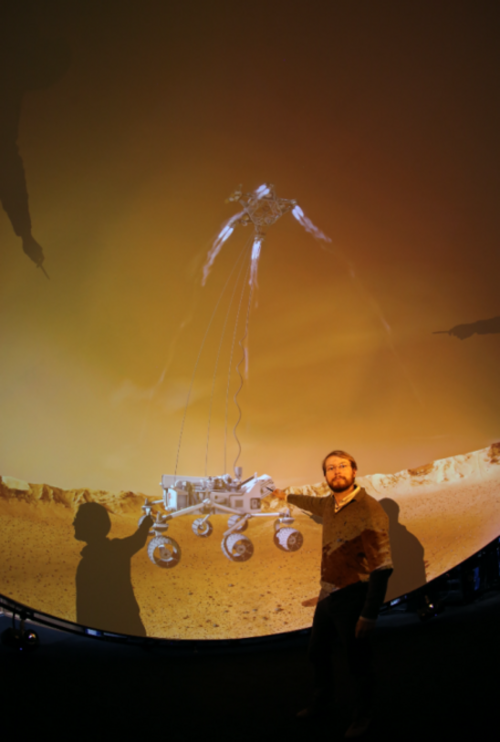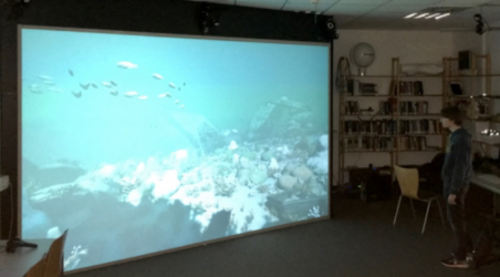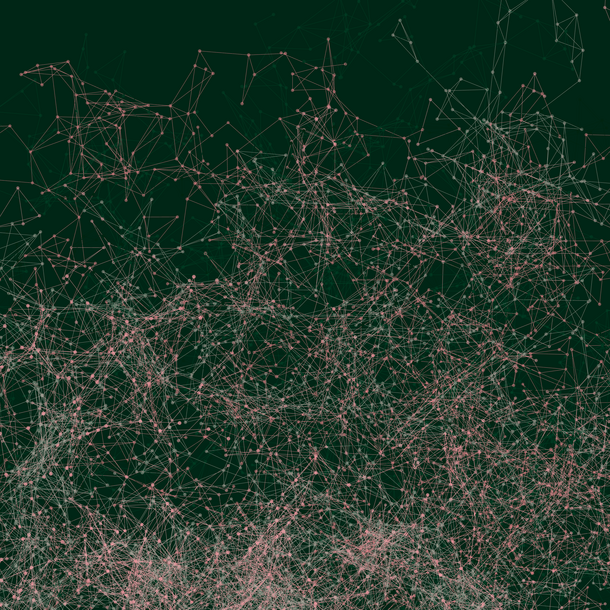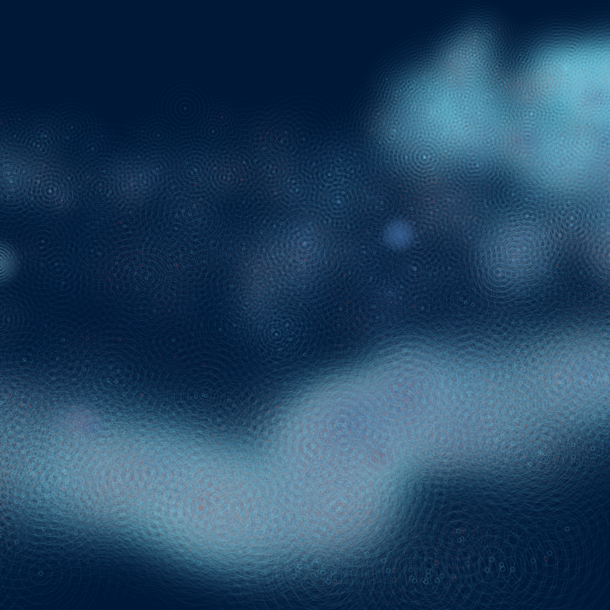Novel 3D Interaction Techniques for Collaborative, Immersive Scientific Visualization
Doctoral Researcher:
Supervisors:
- Prof. Dr. Colin W. Devey, GEOMAR Helmholtz Centre for Ocean Research Kiel, Magmatic and Hydrothermal Systems, cdevey@geomar.de
- Prof. Dr. Gabriel Zachmann, University of Bremen, Department of Computer Science and Mathematics, zach@cs.uni-bremen.de
Location: Kiel
Disciplines: virtual reality, computer science
Keywords: immersive scientific visualization, collaborative 3D interaction in VR with scientific data
Motivation: The seafloor is practically inaccessible to humans, so researchers rely on
unmanned probes and elaborate robotics even to get a time-limited, incomplete view of this
remote world. Most often, this is not enough to build a mental map and, as a result, a spatial
understanding of the seafloor, in particular for geologists, benthic habitat mappers and many
other field researchers who are trained to work on site from their personal perspective.
Fortunately, research has shown that immersive visualization techniques can create that
sense of presence and, thus, increase efficiency. However, much needs to be improved in
immersive scientific visualization in order to achieve a level of presence and collaboration
close to real-life experiences. These improvements are fundamentally concerned with data
science: how to manage and present the vast quantities of visual data available from the
seafloor in a seamless, realistic and multi-user way across multiple locations. Building on the
state of the art in virtual reality research, including latest developments of production-quality
game engines, this PhD project shall develop concepts, scientific visualization methods, 3D
interaction metaphors, and immersive virtual reality tools for geographically remote
researchers to share and explore a meaningful virtual environment for collaborative virtual
fieldwork on the seafloor.
The project will evolve around the visualization of cutting-edge, large scale photogrammetric
scans of hydrothermal (black smoker) vent fields and related volcanic structures of the midoceanic
ridges. These spatially complex outcrops have never been visualized yet in enough
detail and completeness, including powerful terrain visualization, so as to answer important
scientific questions and even spark new ones. This requires interactive queries on the model
and its underlying meta data, performant real-time collaboration of virtual working groups of
up to four researchers, and an agile, but clean and sustainable annotation recording and
session management - all major data science challenges presently unsolved in the
visualization realm. The scientific goal is to ultimately prove that such methodologies and tools
can provide a quantitative added value to field researchers. Therefore, we will also consider
usability studies with partnering researchers in that field.
Aim: This PhD project will draw upon visualization resources both at the CGVR lab at
University of Bremen (in particular, the two-user powerwall, i.e., large-screen stereoscopic
projection wall with tracking and correct projection for two users simultaneously), and at
GEOMAR (the ARENA2 visualization dome theatre) as well as head-mounted display “satellite
systems” (e.g., wireless VIVE at CGVR), to form a connected ecosystem. Where suitable, we
will rely on existing frameworks such as Unreal, Unity, or OpenSpace. For real-time rendering,
we will develop multi-user compatible level-of-detail techniques for tiled terrain, the black
smokers, and meta-data. In order to mitigate effects of latency between sites, our approach
will be to develop predictive interaction techniques and suitable local proxy metaphors. For
co-located, immersive 3D interaction, we will explore techniques that allow each user to be
fully aware of the other user’s state and intentions at all times.
References:
- Lange, Weller, Zachmann: GraphPool: A High Performance Data Management for 3D Simulations. ACM SIGSIM PADS , Banff, AB, Canada, May 15 - 18, 2016.
- Kwasnitschka, T., 2017, Planetariums - not just for kids.: Nature, v. 544, p. 395, doi: 10.1038/544395a.
- Kaluschke, Weller, Zachmann: A Volumetric Penetration Measure for 6-DOF Haptic Rendering of Streaming Point Clouds. IEEE World Haptics Conference 2017, June 6 - 9, 2017.
- Cohrs, Kremer, Klimke, Zachmann: Time-efficient and Accurate Spatial Localization of Automotive Function Architectures with Function-oriented 3D Visualization. Computer-Aided Design and Applications 2015, CAD'15 Journal, Taylor & Francis.










